$ chmod 777 filetxt (or) $ chmod ugorwx filetxt Give execute privilege to user Leave other privileges untouched execute = 1 If you want to just add execute privilege to users and leave all other privileges as it is, do the following $ chmod ux filetxtAre you aware of what chmod 777 means?Basic "chmod" Command examples in Linux By admin The Linux command to change permissions on a file or directory is chmod, which we like to read as change file mode chmod has two operating modes symbolic mode numeric/octal mode To change permission using the Linux chmod command we have to follow some syntax and rules
Some Linux Commands Cheat Sheet Linux
Linux chmod 777 read only file system
Linux chmod 777 read only file system-And all others To change the mode of a file, use the chmod commandFor demonstration purpose, we will intentionally run chmod 777 on one of the test servers and try to recover by running only two commands After restoring the proper permission still, most of the log files and user files will have worldwritable permission Those can be recovered by running find and change the required permissions
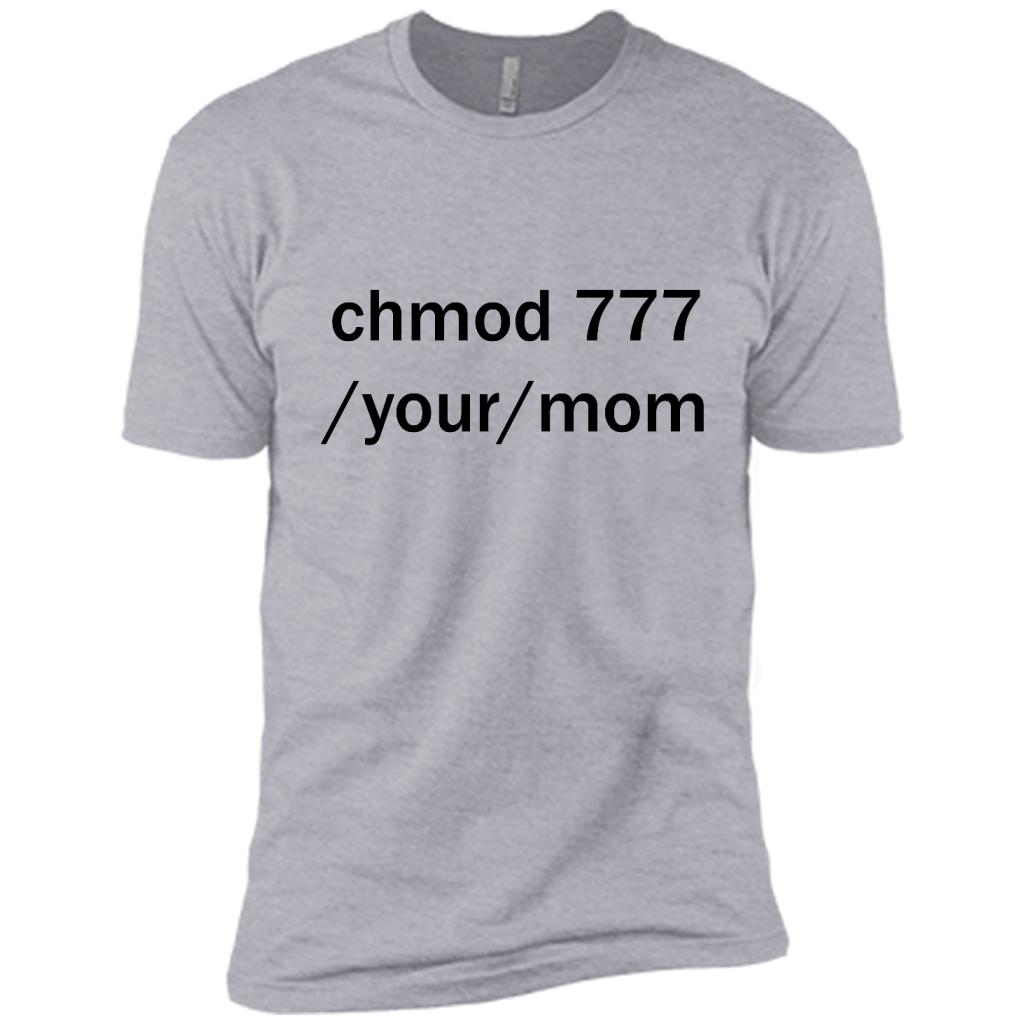


Chmod 777 Your Mom Linux Unix Funny W Turtles Style
Some commonly used CHMOD permissions in Linux 755 – This permission is mostly used in web server Owner has all the permissions to read, write and execute Everyone else can only read and execute, but cannot write to the file (make changes) 777 – Everyone can read write and executeIf you are operating a Linux screen, it is important to familiarize yourself with the different Linux permissions and chmod commands Please do yourself a favor by not setting your permission file to a 777 chmod command This will spell the difference between a wellprotected directory and one that is plagued with outsiders and virusesHow to install authy in linux based system Recursively Chmod Through recursively, method user can modify the permission of all the files at once without doing one by one Before Chmod – R 777 showcase apply Before Numeric Recursively command used To use this user just need to type $ chmod R 777 /showcase After Numeric Recursively command
\) , \ \ ( type d exec chmod ugrwxs,orx {} \;To modify these permissions, click any of the little arrows and then select either "Read & Write" or "Read Only" You can also change permissions using the chmod command in the Terminal In short, "chmod 777" means making the file readable, writable and executable by everyone chmod 777 / path / to /fileIt is worthy to note that if you're using chmod (the command line program), then there is no difference between 777 and 0777 This is because chmod interprets all numeric arguments as octal However, while using Php, Python, Ruby or a C program, your file mode should be prefixed with a 0 so as to be interpreted correctly Reference
Linux Chapter 3 Permission Management Commands Change File Permissions chmod 777 /root/a Authorize file r can view file cat atxt w x write file x execute file Directory permissions rwx r to enter the directory, w can create and delete files under the directory x can cd to enter this direAvoid using boundary cases, such as chmod 777 and chmod 000 Using chmod 777 gives everyone rwx permissions, and it is generally not a good practice to give full powers to all the users in a system The second case, I will leave you guys to figure outFind /opt/lampp/htdocs \ \ ( type f exec chmod ugrw,or {} \;



Basic Linux Commands



Chmod 777 Comic Dzone Security
How to install authy in linux based system Recursively Chmod Through recursively, method user can modify the permission of all the files at once without doing one by one Before Chmod – R 777 showcase apply Before Numeric Recursively command used To use this user just need to type $ chmod R 777 /showcase After Numeric Recursively commandIn Linux, access to the files is managed through the file permissions, attributes, and ownership This ensures that only authorized users and processes can access files and directories This tutorial covers how to use the chmod command to change the access permissions of files and directoriesThe chmod command is a powerful tool used to modify a Linux system's permissions for a specific file or directory The command can be dangerous to system's security when misused, for example, setting the permissions of files and directories to 777 You should typically never run a command off of the Internet without understanding how it



Unix Permissions The Easy Way Index Of All Chmod Permutations By Semi Koen Towards Data Science
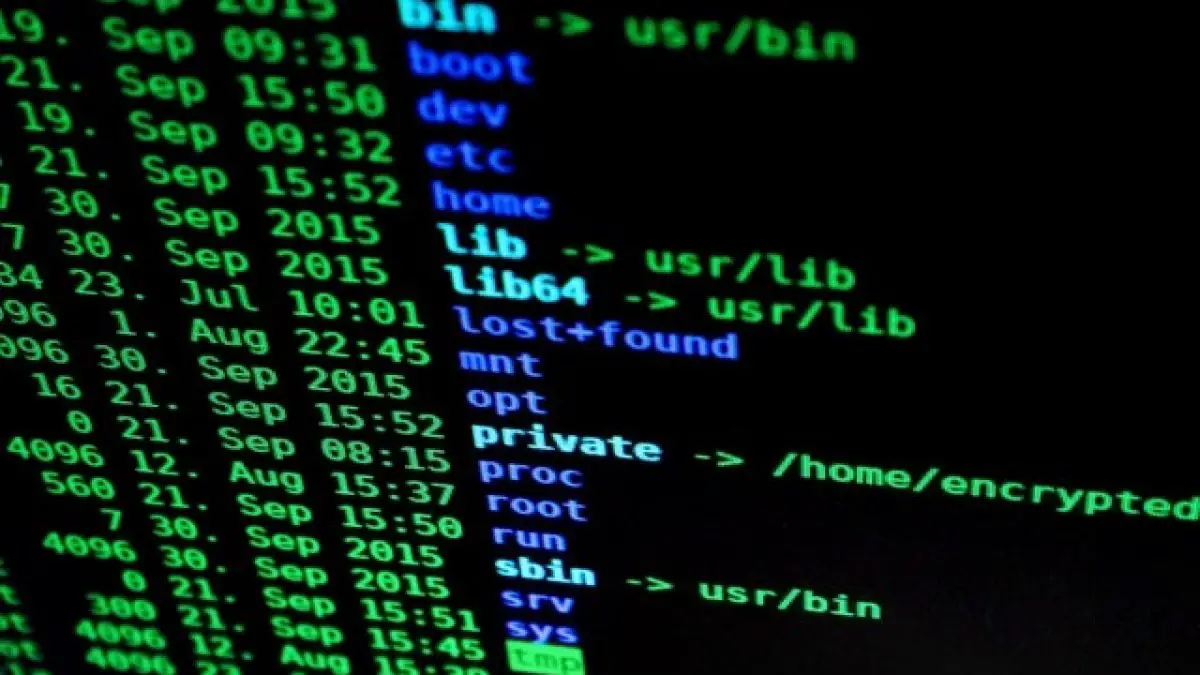


An Introduction To Linux File Permissions Boolean World
Here we will see the use of the chmod 777 commands on the Linux system Basically, all the chmod commands are associated with the Linux filesystem To better understand the chmod commands, I will recommend you also know the Linux filesystem hierarchy However, the chmod 777 commands are used on Linux to write and execute the fileIf you are operating a Linux screen, it is important to familiarize yourself with the different Linux permissions and chmod commands Please do yourself a favor by not setting your permission file to a 777 chmod command This will spell the difference between a wellprotected directory and one that is plagued with outsiders and virusesIf you use a Linux device, then you might have encountered the message "Chmod 777" at least once It is a command of the Unix or Linux systems that can change file permissions and control different terminals Chmod 777 is a file control mechanism that is associated with this file permissions Chmod 777 is essential for Unix system devices



Linux World Posts Facebook
/GettyImages-1021092796-ea8c63ee76f84bd5bf98c4222337fbb4.jpg)


How To Use The Chmod Command In Linux
We can sort it as a user, group and other from left to right, which comes in 3 blocks after the first characterReplace directory with the directory path that holds the files and subdirectories you want to configure Specify whether it is searching for a directory type d or a file type f Set the file privilege with the chmod command using the numerical or symbolic modeFind type f exec chmod 644 {} \;



Chmod 777 Chmod 755



What Does Chmod 777 Mean In Linux Youtube
Chmod 777 filename chmod 777 is considered potentially dangerous because you are giving read, write and execute permission on a file/directory to everyone (who is on your system) You should totally avoid it chmod x or chmod ax Execution for everyone Probably one of the most used case of chmod is to give a file the execution bit Often after downloading an executable file you will need to add this permission before using itHow to install authy in linux based system Recursively Chmod Through recursively, method user can modify the permission of all the files at once without doing one by one Before Chmod – R 777 showcase apply Before Numeric Recursively command used To use this user just need to type $ chmod R 777 /showcase After Numeric Recursively commandYou can get output after assigning permission to any files/directories by using Linux chmod command with argument v Refer the command below $ chmod v 777 filetxt mode of 'filetxt' changed from 0664 (rwrwr) to 0777 (rwxrwxrwx) Assign permission with output (This command will give output only if there is any changes)



Docker Got Permission Denied While Trying To Connect To The Docker Daemon Socket At Unix Var Run Docker Sock Stack Overflow



Chmod 777 Command Example やそもと壁
Linux Chapter 3 Permission Management Commands Change File Permissions chmod 777 /root/a Authorize file r can view file cat atxt w x write file x execute file Directory permissions rwx r to enter the directory, w can create and delete files under the directory x can cd to enter this direFiles and directories in Unix may have three types of permissions read (r), write (w), and execute (x)Each permission may be on or off for each of three categories of users the file or directory owner;This article explores chmod 777, a Linux command used to give ALL RIGHTS to the user, group, and others As a new Linux user, web developer, or system administrator, you have probably been instructed to type chmod 777 /path/to/file/or/folder into your Linux shell at some point Whenever you're running commands on your systems (especially as root!), you should ALWAYS know what they're



How To Run Unix Shell Command In Java Like Chmod Mkdir Grep Or Any Unix Commands Javaprogramto Com



How To Use Chmod 777 Command In Linux Explained How To Use Chmod Command Hindi Tutorial Youtube
What Does chmod 777 Mean Understanding Linux File Permissions # In Linux, access to the files is controlled by the operating system using file Permission number # File permission can be represented in a numeric or symbolic format In this article, we'll focus on Never Use chmod 777 #And all others To change the mode of a file, use the chmod commandLinux, like other Unixlike operating systems, allows multiple users to work on the same server simultaneously without disrupting each other Individuals sharing access to files pose a risk exposing classified information or even data loss if other users access their files or directories To address this, Unix added the file permission feature to specify how much power each user has over a



Give Write Access Chmod 775



Soc Linux Cheatsheet Secure Shell Computer File
Basically setting a "chmod 777" means making the file readable, writable and executable by everyone chmod 777 /path/to/your/file Hopefully after reading all this you have a better understanding about CHMOD and what CHMOD 777 is and how they work in Linux environmentUpdated October 3, October 3, September 30, by Kashif Siddique Categories Linux Commands, Shell Scripts In this tutorial, I am going through the steps to create a bash script and to make the script executable using the chmod command After that, you will be able to run it without using the sh or bash commandsFiles are created as 644, one less than the directory This is because normal files do not need execution permissions Directories do, for cd So let's fix it with find and exec chmod Recursively with Find find type d exec chmod 755{} \;



Change File And Folder Permission On Ubuntu Chmod Chown Command In Linux Youtube
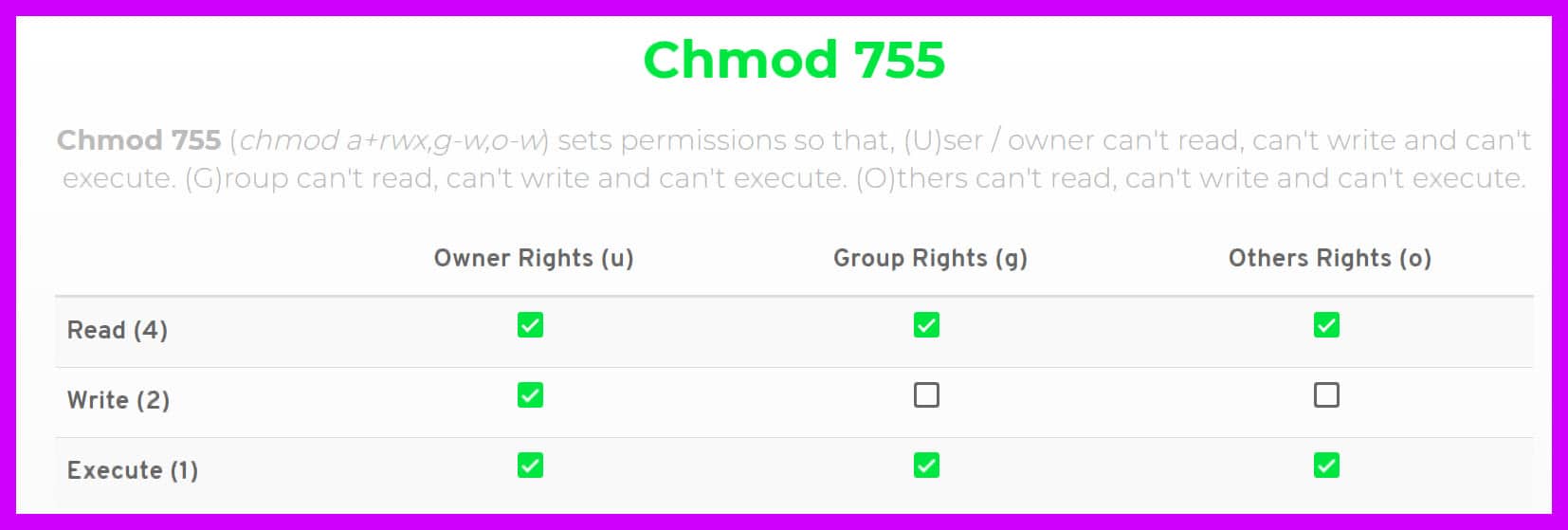


Chmod 777 A Definitive Guide To File Permissions
I am writing a document that details that users need to change the file permissions of a certain file I want to detail it as the most common way of changing file permissions Currently is says Set permissions on filetxt as per the example below chmod 777 /tmp/filetxtThe CHMOD command gives us the possibility to change the permissions of the files and folders of the machine with Linux Here are some examples in this tutorial It is often known that the use of CHMOD is the best for pHp among other languages, so it is the use of Linux servers among other featuresIn Linux systems, "chmod" command is used to determine the access rights of users to filesIt allows us to change the access permissions of the files we specify The exact equivalent of chmod is change mode When we examine the example below;



Chmod 777 Your Mom Linux Enthusiast Hoodie Lovetheworld Style



Chmod 777 Your Mom Linux Unix Funny W Turtles Style
It is a command of the Unix or Linux systems that can change file permissions and control different terminals Chmod 777 is a file control mechanism that is associated with this file permissions Chmod 777 is essential for Unix system devices But do you know about it altogether?Yes, you might have the previous encounter with it, but f you need a clear picture, then you need to know all things related to itIf you are operating a Linux screen, it is important to familiarize yourself with the different Linux permissions and chmod commands Please do yourself a favor by not setting your permission file to a 777 chmod command This will spell the difference between a wellprotected directory and one that is plagued with outsiders and viruses



The Unix Filesystem Commands



How Do You Chmod On Osx Macrumors Forums
We can sort it as a user, group and other from left to right, which comes in 3 blocks after the first characterThe file permissions for the directory newDir will be = 775, ie drwxrwxrx (readable, writeable, executable by user and group, but only readable and executable by everyone else) If you wish to set the umask value to something else, simply use umask command like so umask newvalueOther people in the same group as the owner;
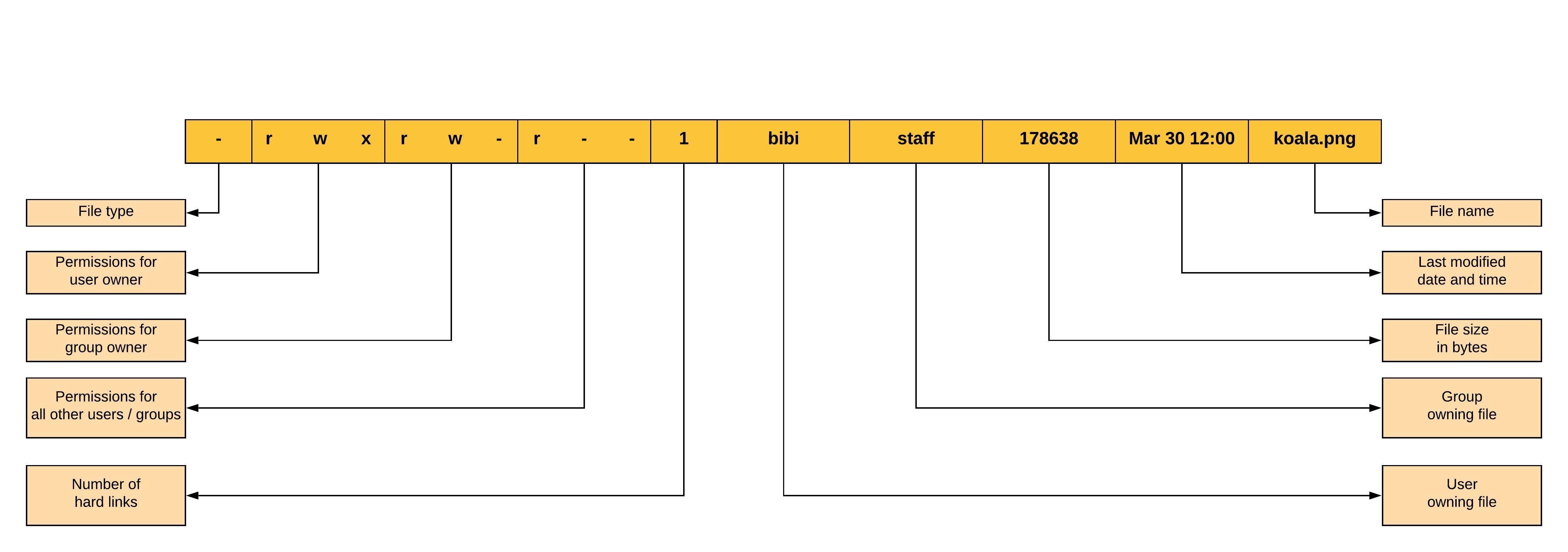


Linux File Permissions And Ownership By Udara Bibile Level Up Coding
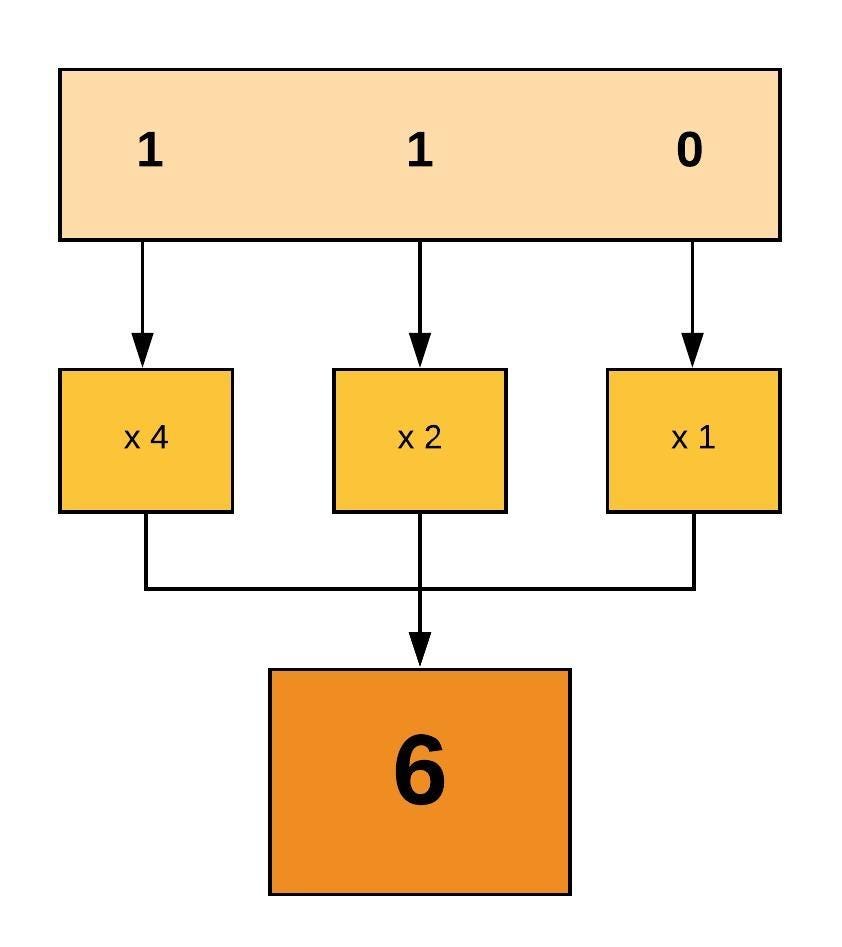


Linux File Permissions And Ownership By Udara Bibile Level Up Coding
Chmod 777 participants The first 7 sets the permissions for the user, the second 7 sets the permissions for the group, and the third 7 sets the permissions for everybody else If you want to be the only one who can access it, use chmod 700 participantsUnix & Linux Stack Exchange is a question and answer site for users of Linux, FreeBSD and other Un*xlike operating systems It only takes a minute to sign upSudo find directory type d/f exec chmod privilege {} \;



Some Linux Commands Cheat Sheet Linux
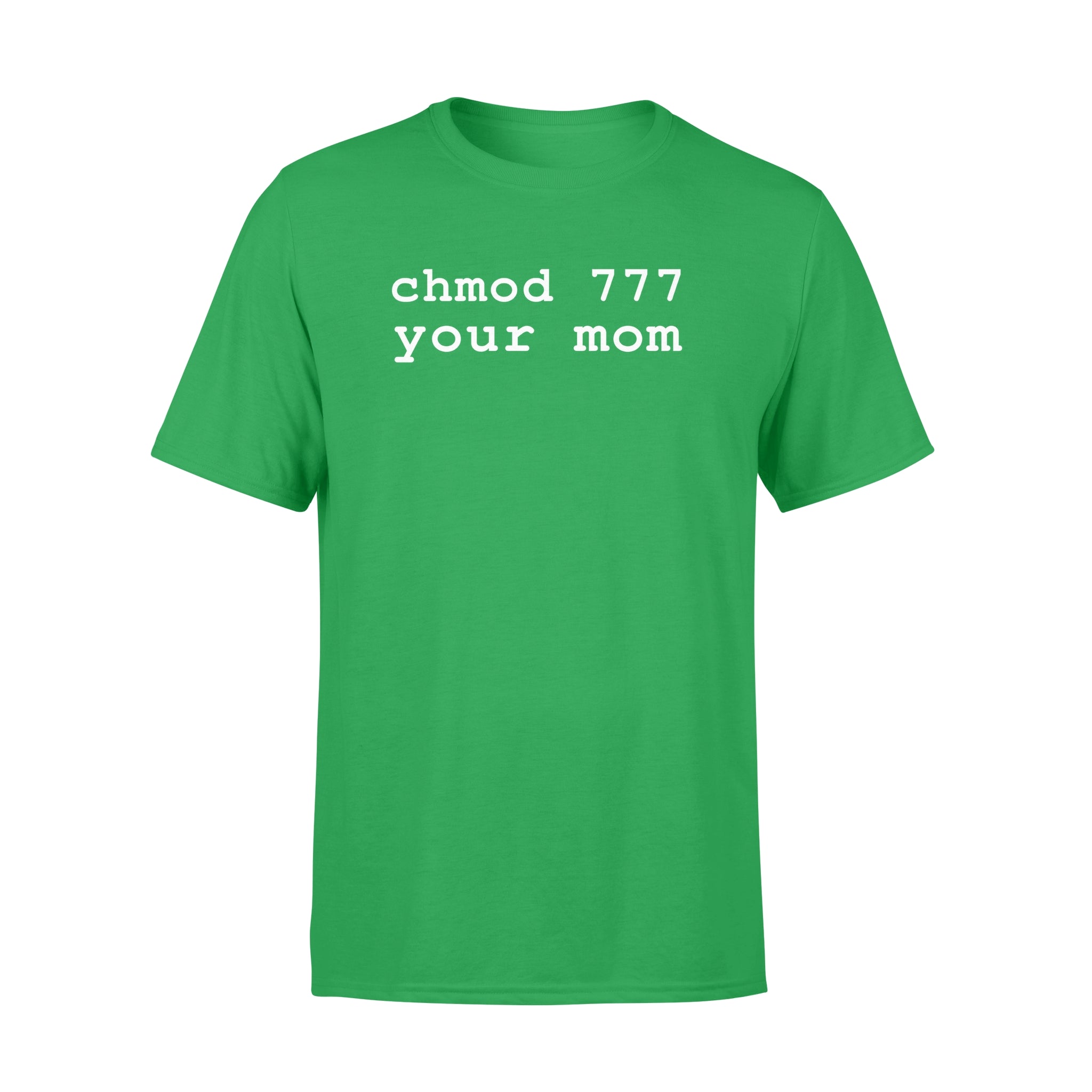


Chmod 777 Your Mom Linux Enthusiast T Shirt Lovetheworld Style
8 chmod R 777 / If you ever find yourself thinking of recursively applying mode 777 to any directory, please stop and take a moment to make absolutely sure that's what you want to do 777 is shorthand for permit read, write and execute for the file's owner permit read, write and execute for members of the file's groupFiles and directories in Unix may have three types of permissions read (r), write (w), and execute (x)Each permission may be on or off for each of three categories of users the file or directory owner;How to change your file to 777 or rwxrwxrwx using chmod Chmod is a well known command line utility, that's used to manage file permissions on MacOS, Linux and other Unix like operating systems While there are multiple ways to use chmod, on this site, we have chosen to focus exclusively on using chmod with Octal Notation



Bash Chmod U X Problem In Case Statement In Shell Script Ask Ubuntu


Chmod 777 Your Mom Linux Unix Funny Turtles Style
Chmod is a program responsible for modifying access permissions of file and directories in Unix/Linux While the concept is easy to understand, the syntax might overwhelm new users a little bit Most of the time, you will encounter chmod 777, chmod 755 and chmod 644 In this article, we will explain the meaning of these numbers and how they are related to the actual permissionsThis article explores chmod 777, a Linux command used to give ALL RIGHTS to the user, group, and others As a new Linux user, web developer, or system administrator, you have probably been instructed to type chmod 777 /path/to/file/or/folder into your Linux shell at some point Whenever you're running commands on your systems (especially as root!), you should ALWAYS know what they'reChmod is a program responsible for modifying access permissions of file and directories in Unix/Linux While the concept is easy to understand, the syntax might overwhelm new users a little bit Most of the time, you will encounter chmod 777, chmod 755 and chmod 644 In this article, we will explain the meaning of these numbers and how they are related to the actual permissions



Linux Cheat Sheet Commands Pdf Download Printable



Linux Permissions Making Sense Of 755 And Rwxr Xr X Serverwise
Linux uses the following default mask and permission values The system default permission values are 777 (rwxrwxrwx) for folders and 666 (rwrwrw) for filesThe default mask for a nonroot user is 002, changing the folder permissions to 775 (rwxrwxrx), and file permissions to 664 (rwrwr)The default mask for a root user us 022, changing the folder permissions to 755 (rwxrxrx), andYou really shouldn't set 777, it would probably be better to just change the ownership of that directory to the www account Anyway your changes in the Dockerfile really don't matter, because you have a volume (appdata/var/www) meaning that the permissions you have in the image are masked by your volumeYour docker exec it myapp /bin/sh would be failing because that image is running as wwwIn this tutorial, I am going through the steps to create a bash script and to make the script executable using the chmod command After that, you will be able to run it without using the sh or bash commands Step 1 Creating a Bash File The first step is to create a new text file with sh extension using the following command $ touch hello
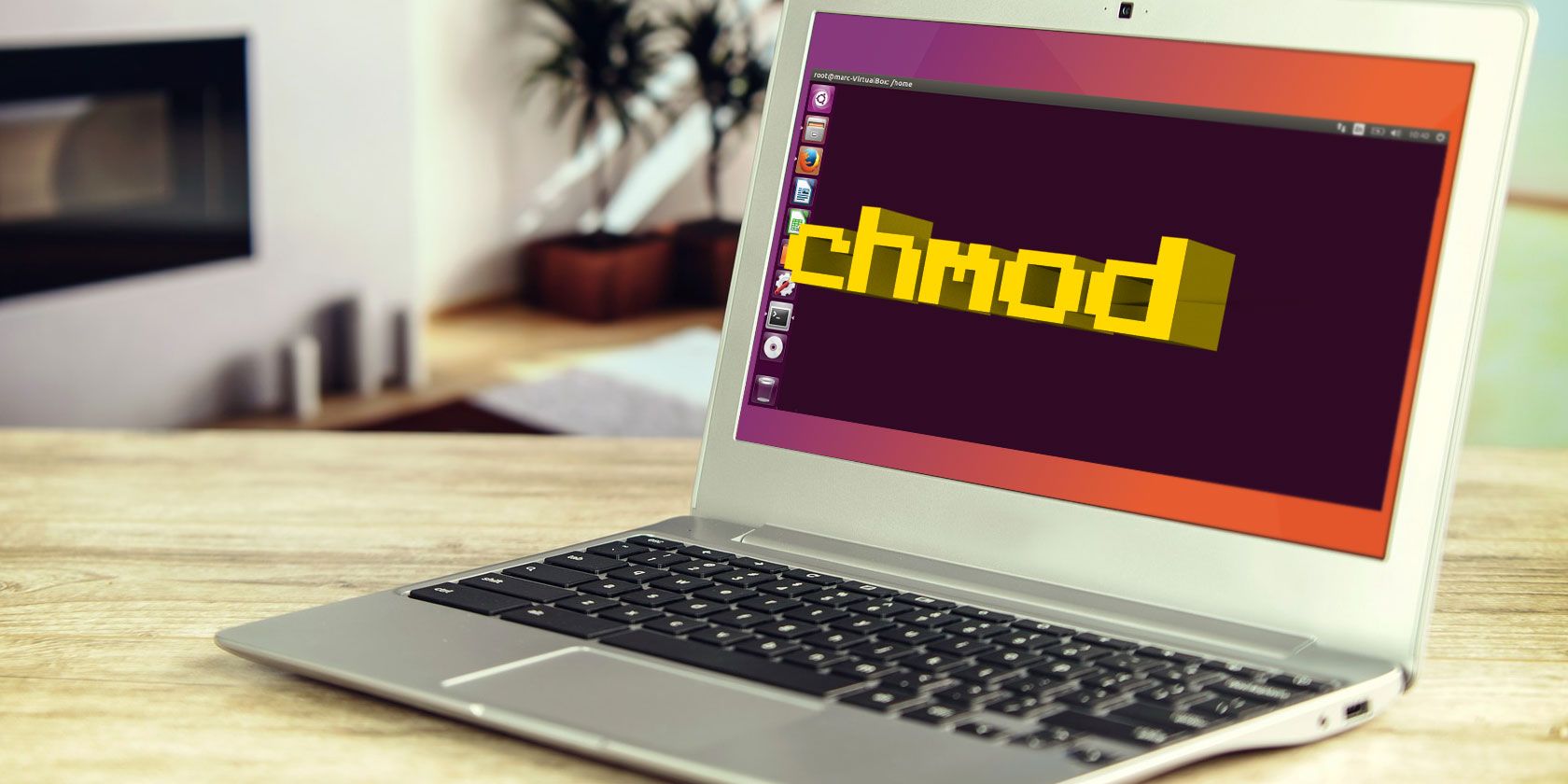


The Chmod Command And Linux File Permissions Explained



6 Best Linux Unix Command Cheat Sheet Linux Linux Mint Linux Operating System
Other people in the same group as the owner;$ chmod 777 filetxt (or) $ chmod ugorwx filetxt Give execute privilege to user Leave other privileges untouched execute = 1 If you want to just add execute privilege to users and leave all other privileges as it is, do the following $ chmod ux filetxtIn Linux systems, "chmod" command is used to determine the access rights of users to filesIt allows us to change the access permissions of the files we specify The exact equivalent of chmod is change mode When we examine the example below;



New Bash Linux Cheat Sheet Wallpaper Download Free 40 X 3050px



Chmod 555
Note If you need a more indepth guide on how to use Chmod In Linux to change file permissions recursively, read our Chmod Recursive guide Changing User File and Group Ownership Aside from changing file permissions, you may come across a situation that requires changing the user file ownership or even group ownership\) click below button to copy the code By Linux tutorial team It may look long, but it's pretty cool for three reasons Scans through the file system only once rather than twice Provides better control over how files are



Linux Is The Best Scripts Basic In Red Hat Linux
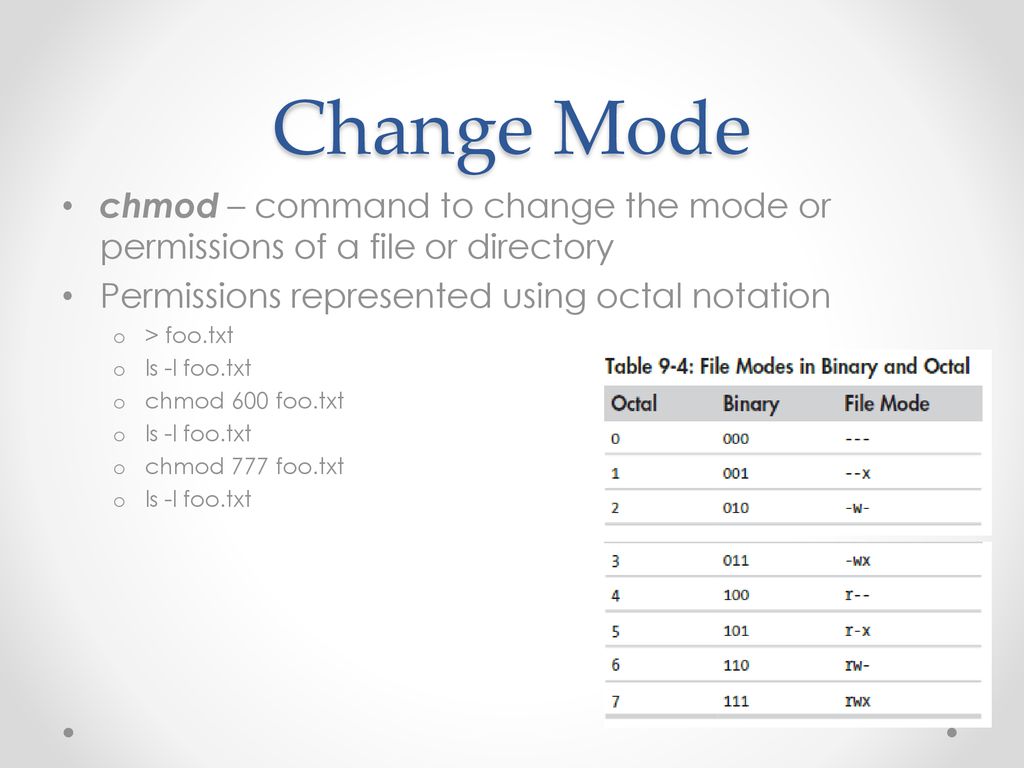


The Linux Command Line Chapter 9 Ppt Download



Oracle Unix Commands Unix Software Areas Of Computer Science
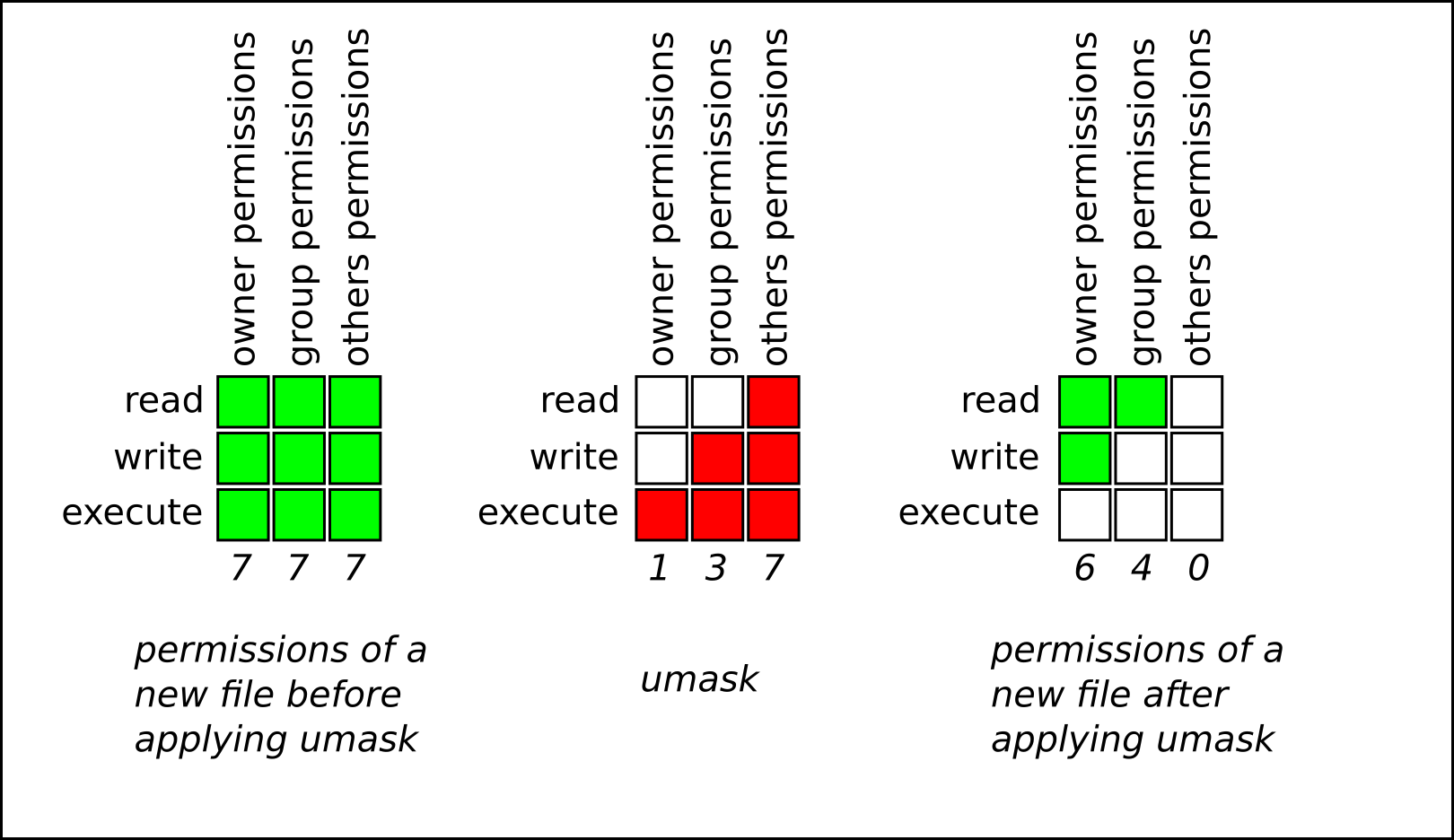


Chapter 10 Managing File Permissions Red Hat Enterprise Linux 8 Red Hat Customer Portal



How To Manage File Permissions On Ubuntu Server 04 Dev Tutorial



File Permissions In Linux Unix Vk9 Security


How To Share File Directory In Linux Using Samba Server Unique Web
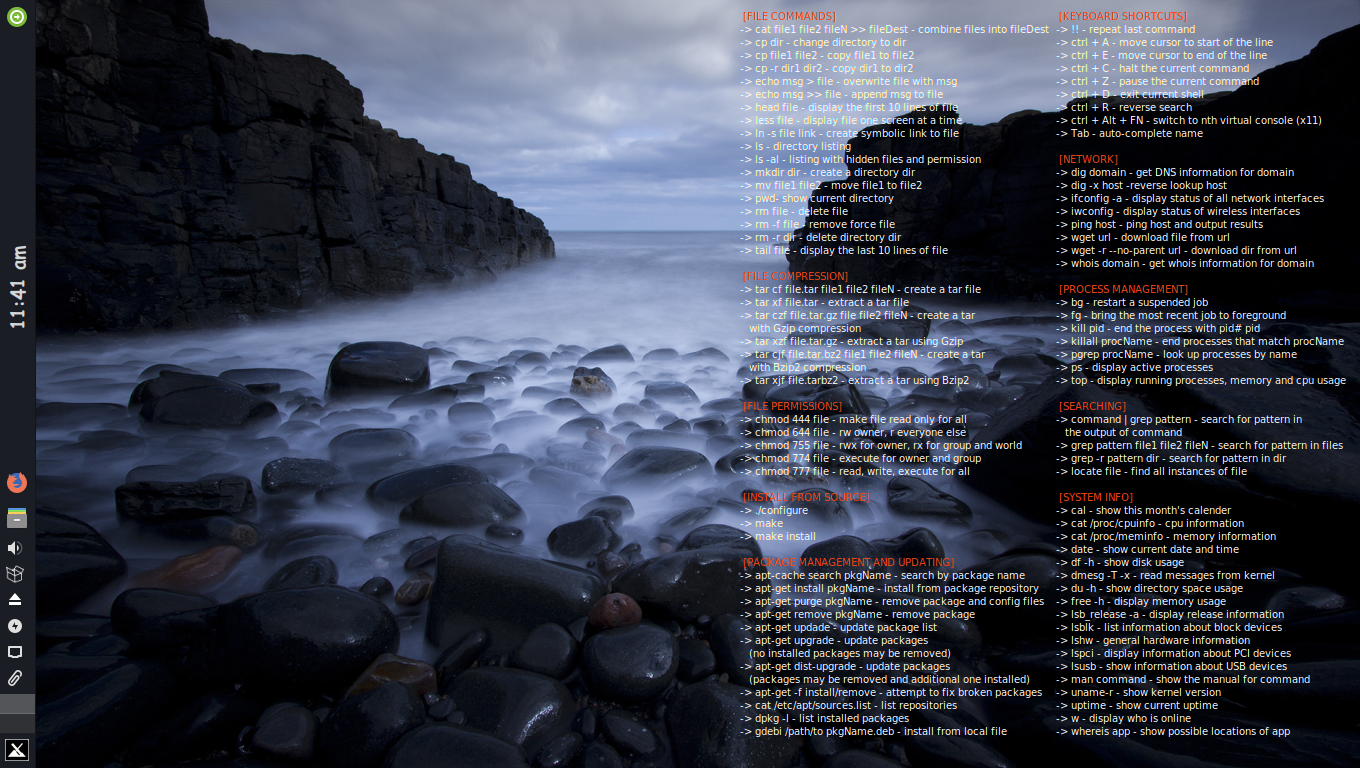


Cli Linux Cheatsheet Conky By Void00r On Deviantart



The Best Linux Blog In The Unixverse Basic Linux Commands Very Useful For New Linux Users Opensource


My Knowledge On Chmod When I Was New To Linux Linuxmasterrace


Illustrated Why Setting 777 File Permission Is A Bad Idea On Your Linux System Linuxmasterrace



What Are The Top 50 Commands In Linux Quora



Linux Command Line Cheat Sheet Kalitut



Linux Cheat Sheet



Why Chmod 777 Is Internet Advice From Hell By Oliver Jakobi Medium



Backtrack Page Useful Commands For Kali Linux



Chmod 777 What Does It Really Mean Make Tech Easier
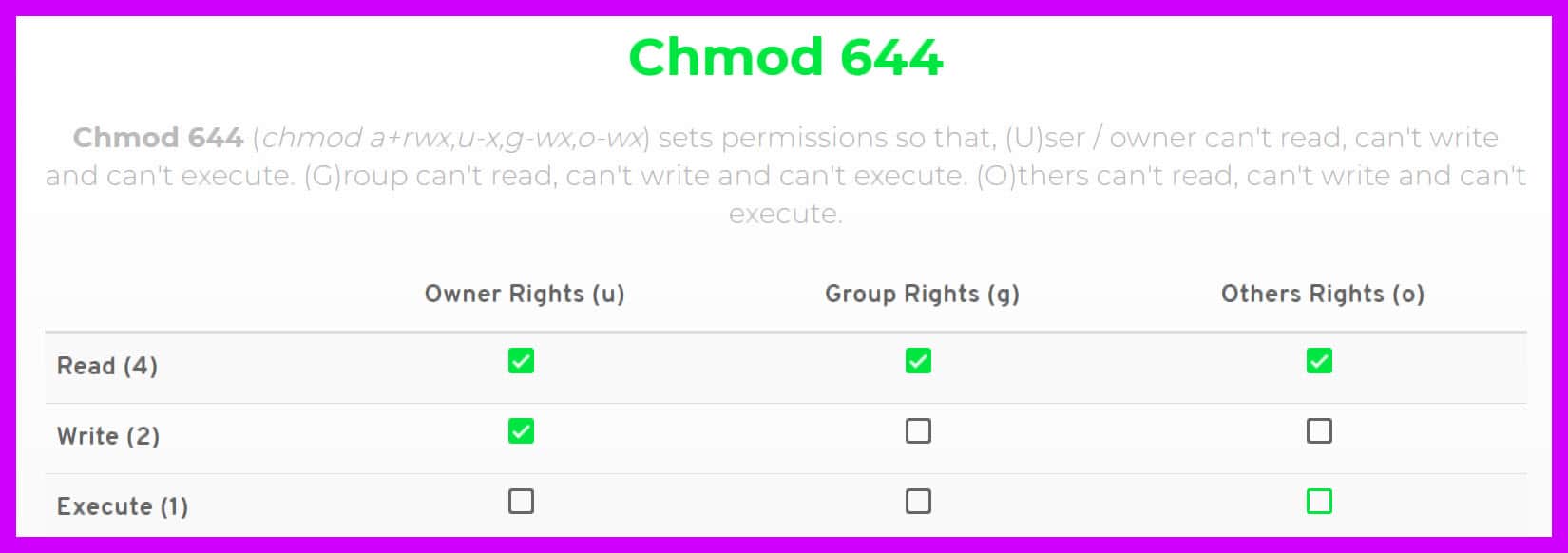


Chmod 777 A Definitive Guide To File Permissions



Linux Common Commands Tutorial And Use Examples Linuxcommands Site



Linux File Attributes Chgrp Chown Chmod Usage Programmer Sought
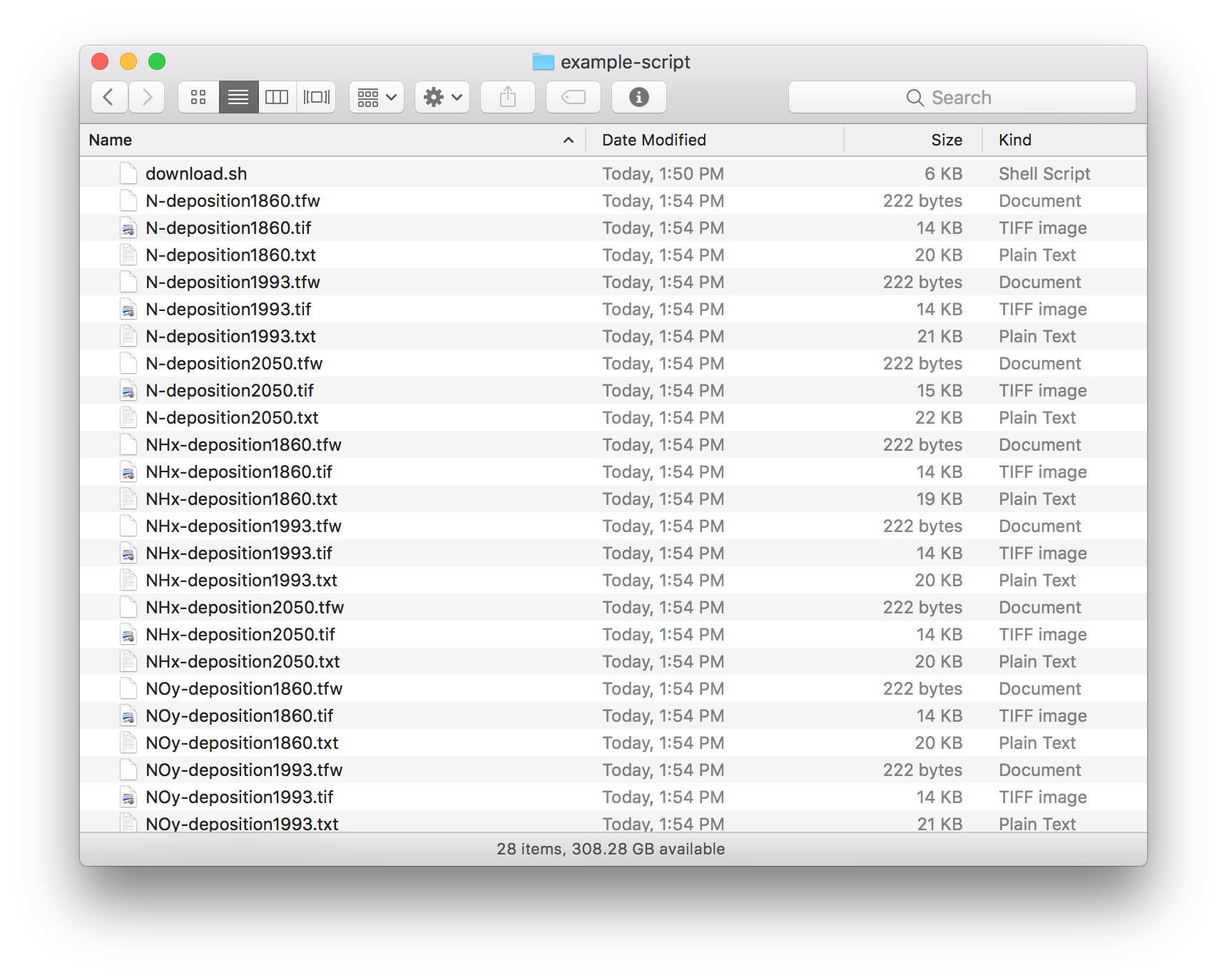


How To Use The Download Access Script Earthdata Search Earthdata Wiki


Configure Powershell Remoting Between Windows And Linux Lightnetics



Linux Commands 5 File Permission Chmod Youtube


Mount The Amazon Efs File System On The Ec2 Instance



2560x1080 Linux Dark Command Line 2560x1080 Resolution Hd 4k Wallpapers Images Backgrounds Photos And Pictures
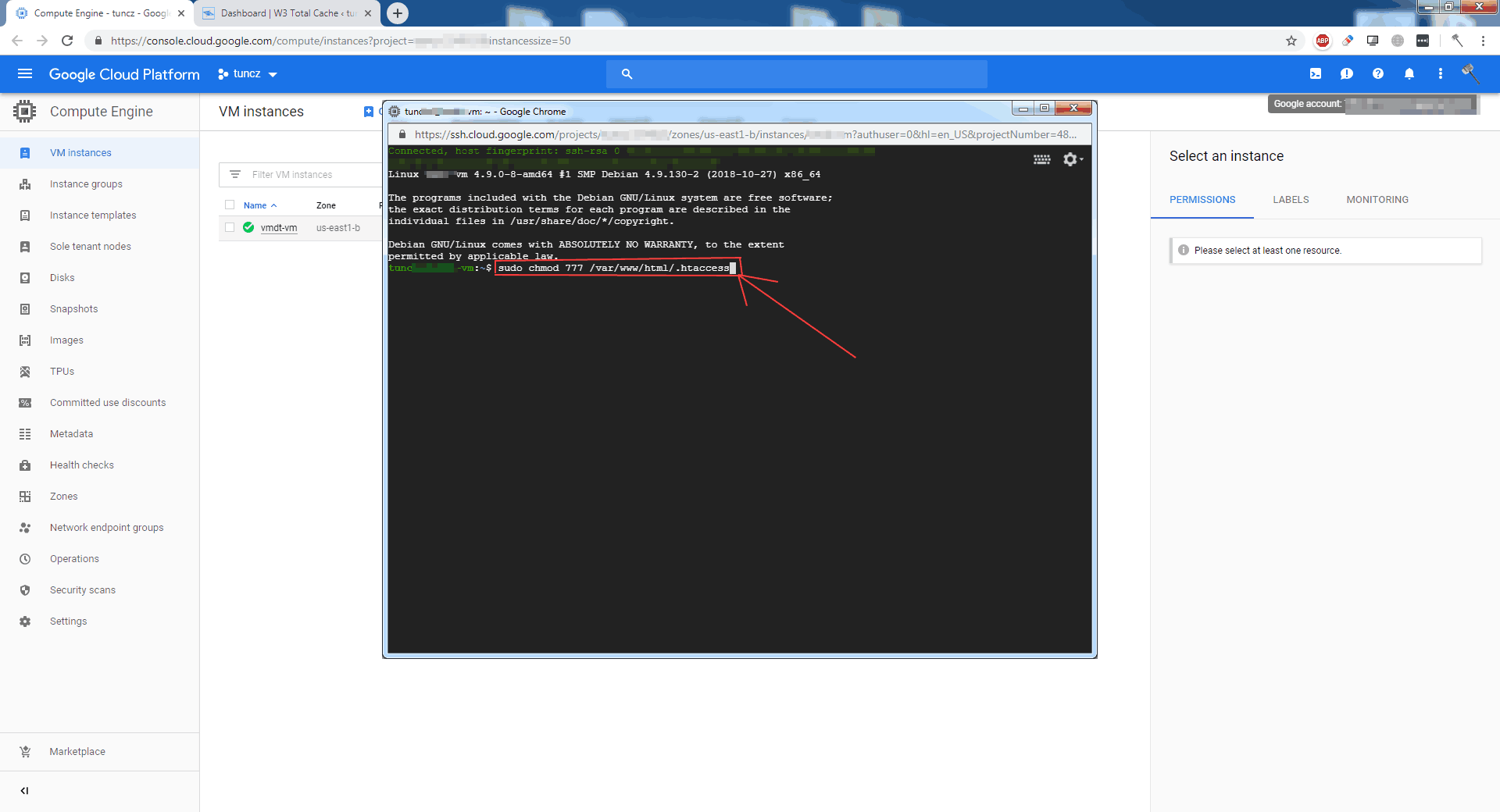


Wordpress Google Cloud Filezilla File Copy Write Permissions



Chmod C
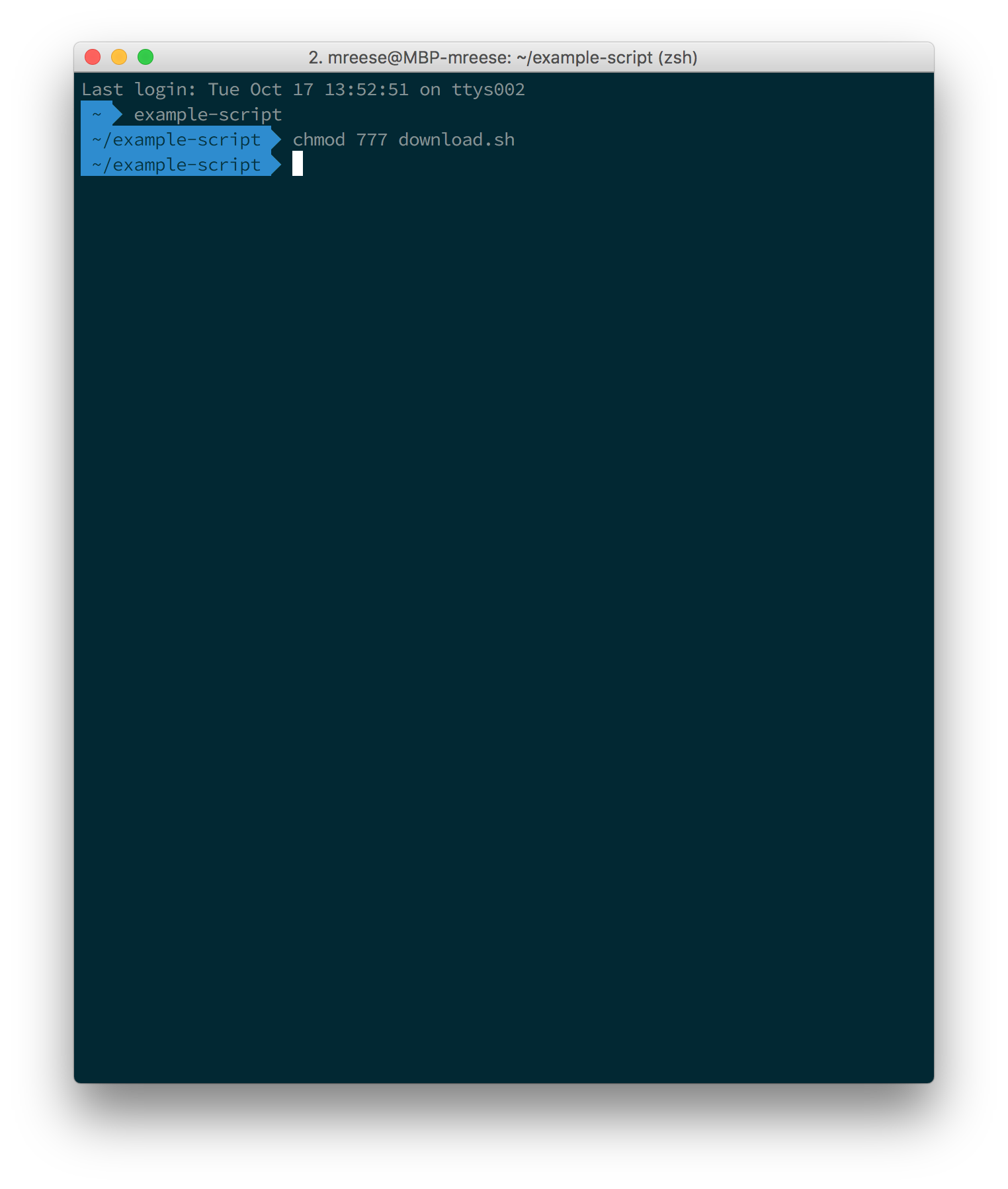


How To Use The Download Access Script Earthdata Search Earthdata Wiki



Linux Cheat Sheet



How To Set Chmod 777 To A Folder And All Its Contents Dev Community



What Is Chmod 777



Ubuntu Linux Agent Installation Uninstallation Guide Motadata Itsm Documentation 2 0 0 Documentation
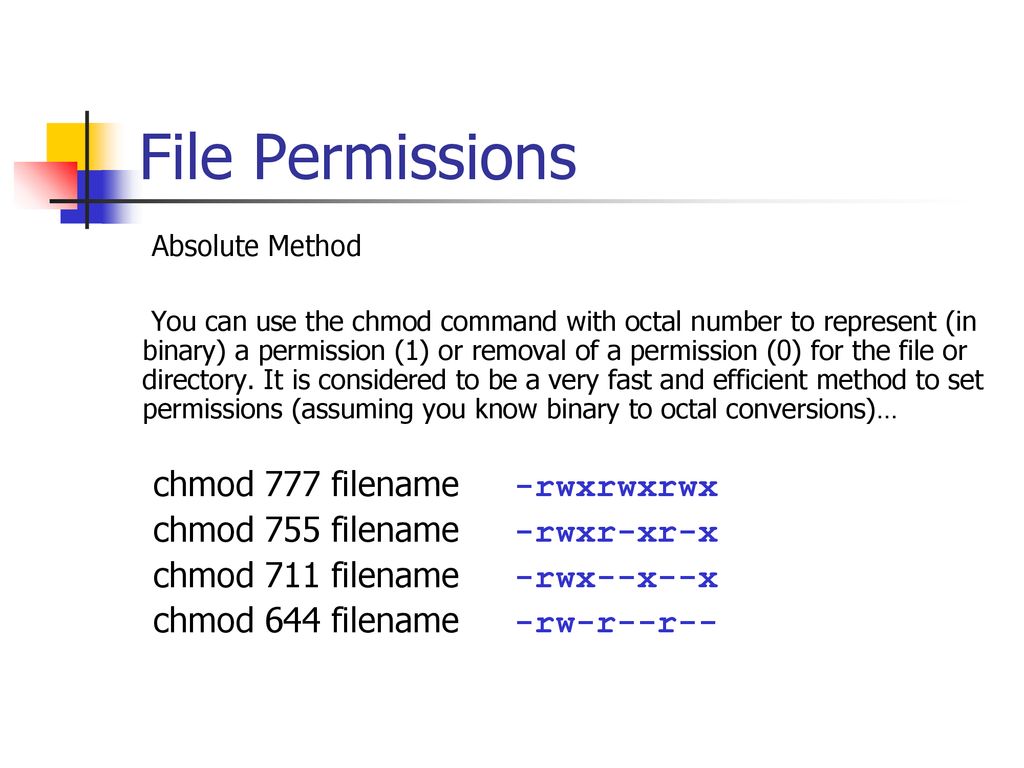


Bif703 File Permissions Ppt Download
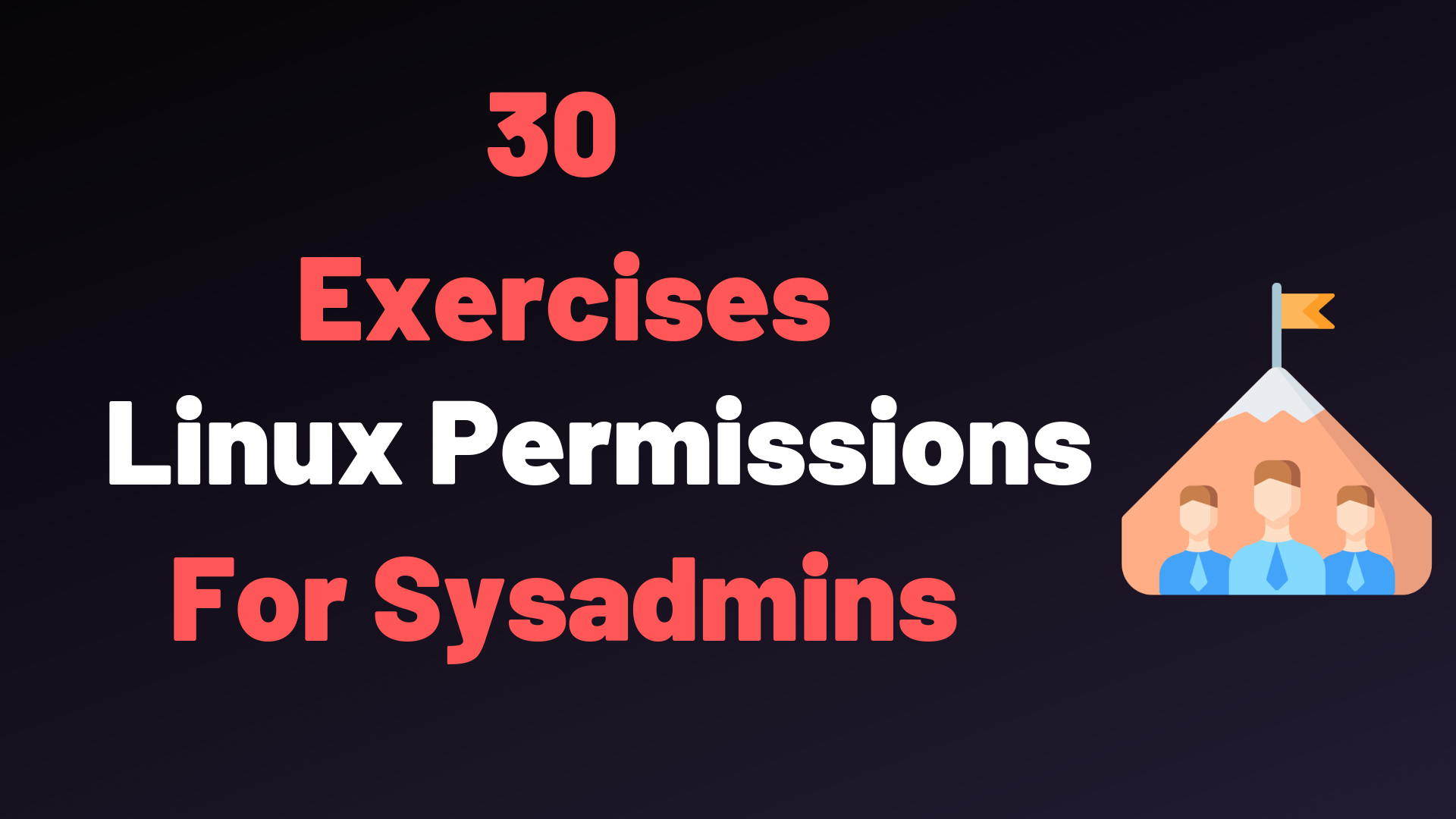


30 Linux Permissions Exercises For Sysadmins Devconnected



Permission Denied Inside Var Www Html When Creating A Website And It S Files With The Apache2 Server Stack Overflow



Bash Sudo Abc Sh Command Not Found Ask Ubuntu



Unix Linux Can T Read File With Chmod 777 Youtube



Chmod 755 Command What Does It Do Codefather



How To Fix Ftp Permission Errors On Google Cloud One Page Zen



Permission Chmod



Linux Permissions Page 1 Line 17qq Com
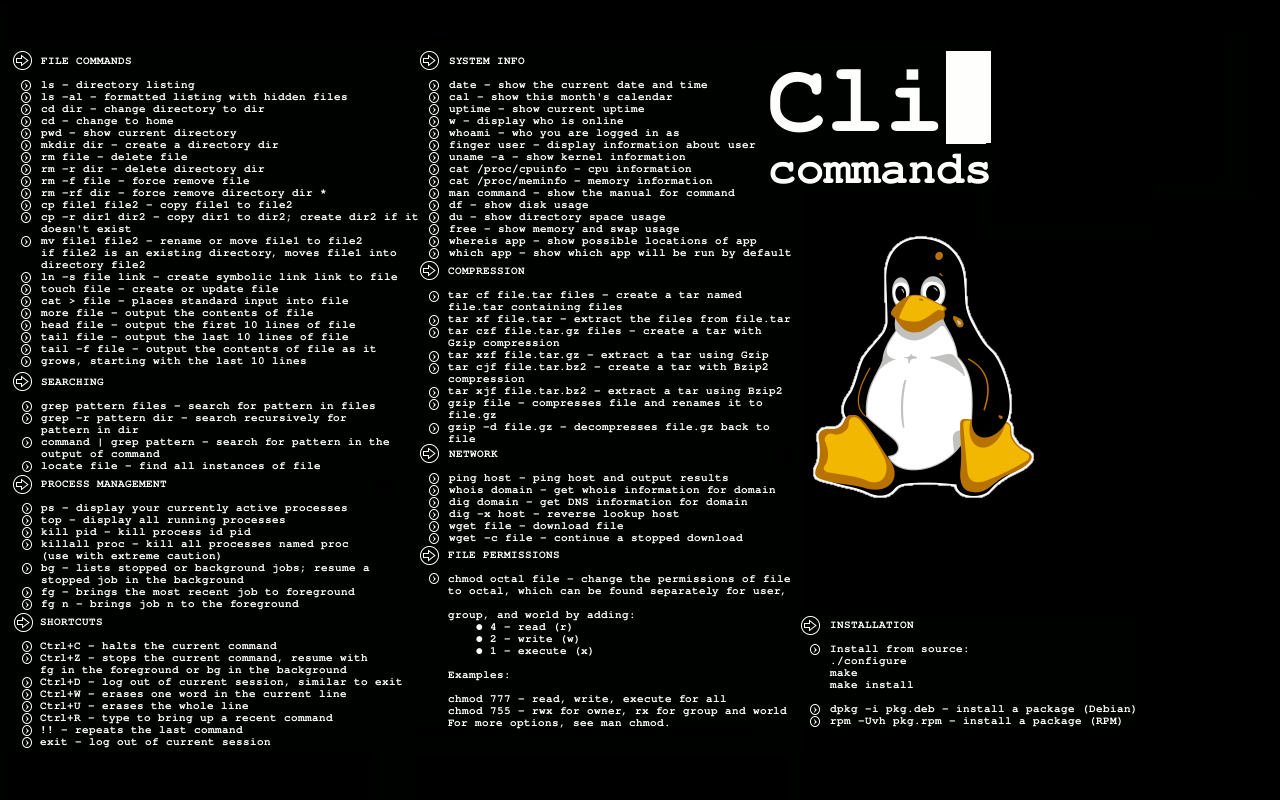


Good Bash Linux Reference Sheets Resources Innovation Insight



Basics Of Using Chown And Chmod Commands Anto Online



Fix Wordpress File Permissions Github



Permissions And Ownership Chown Chmod On Redhat Linux Using Vmware Workstation Vmware Workstation Linux Youtube



How To Set Chmod 777 To A Folder And All Its Contents Dev Community



Gandalf Linux Debian Command Lines Unix Ubuntu Linux Mint 19x1080 Wallpaper Wallhaven Cc



Linux Commands Cheat Sheet Definitive List With Examples



Xftp Upload File Status Error Solution Programmer Sought



Post By Killerwhalejames In Possible Chromebook Download Itch Io
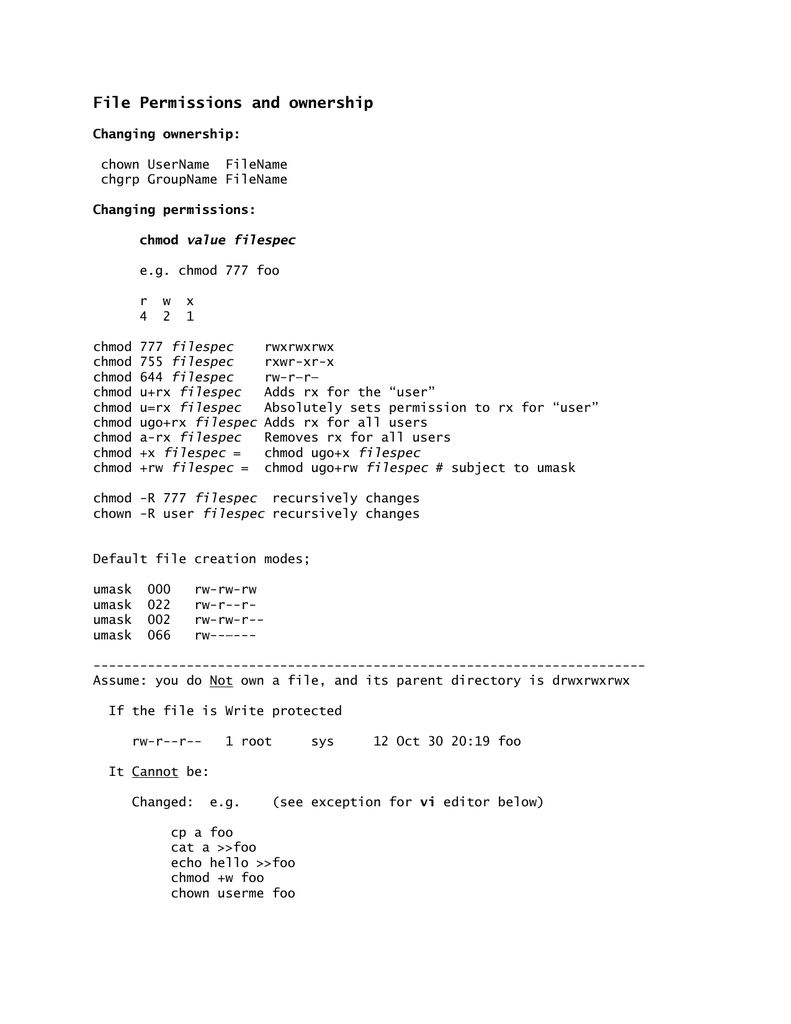


File Permissions And Ownership



Overriding Mac File Permissions In Linux Macrumors Forums



Linux Chmod 777 755 Xgqfrms 博客园



Chmod X Explained Everything You Need To Know



Code Know Follow Code Know For Learning Programming Facebook



Set Chmod 777 For All Folder And Subfolder In Catalog View Theme Machiko Skins Windows Stack Overflow



Pligg Cms Installer Mozilla Firefox 003 Unixmen
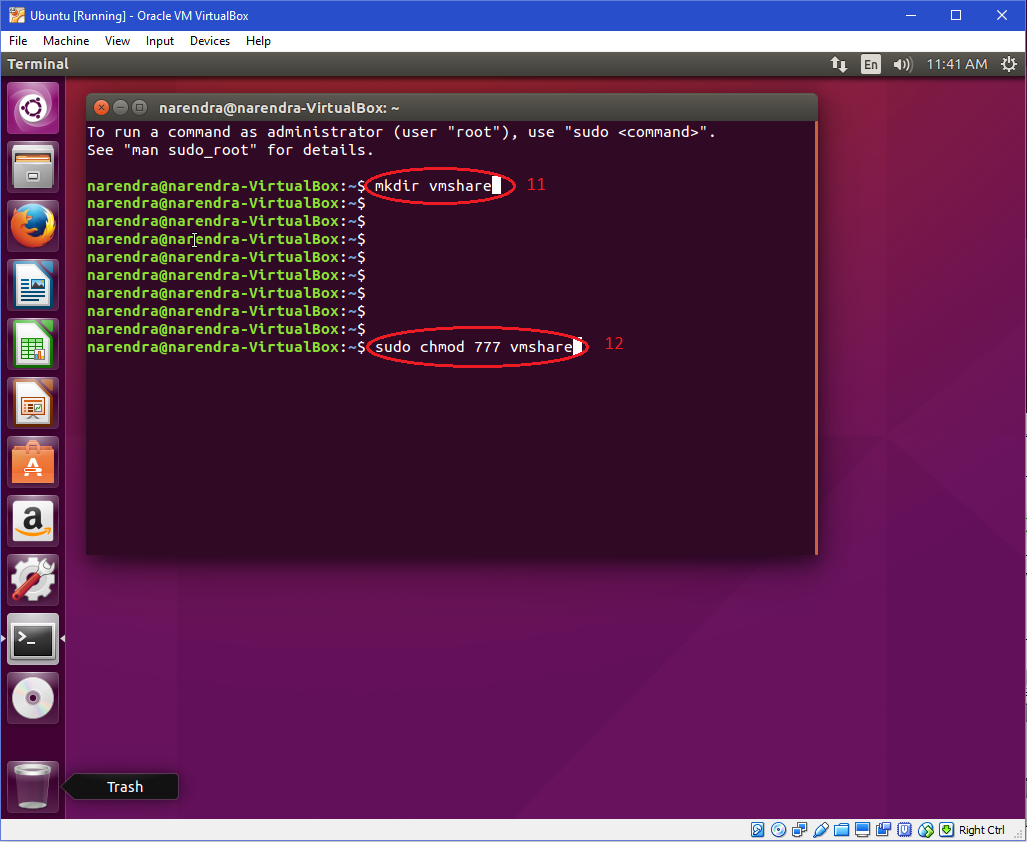


Windows Faq


Solved Java Lang Illegalstateexception Driver Not Executable On Mac Total Qa



3 Ways To Solve Sftp Or Ftp Permission Denied On Google Cloud Siteyaar



Directory How Can I Change Permissions Of A Folder Including Its Enclosed Files And Subdirectories Ask Ubuntu
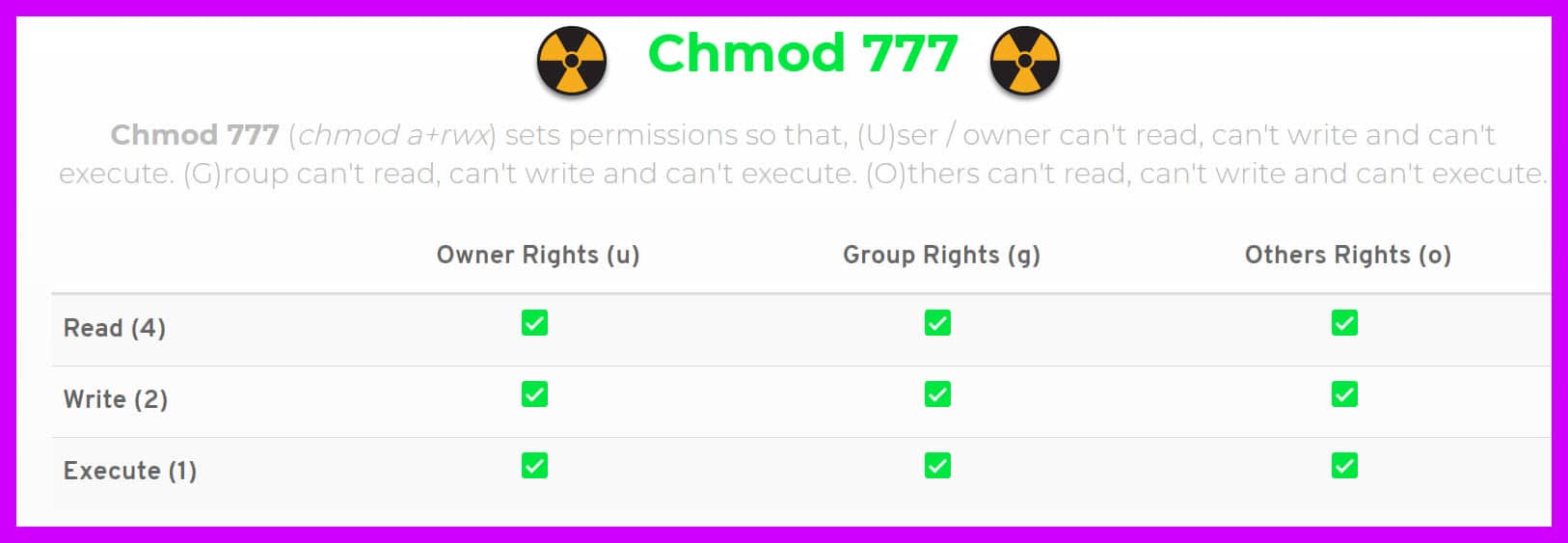


Chmod 777 A Definitive Guide To File Permissions
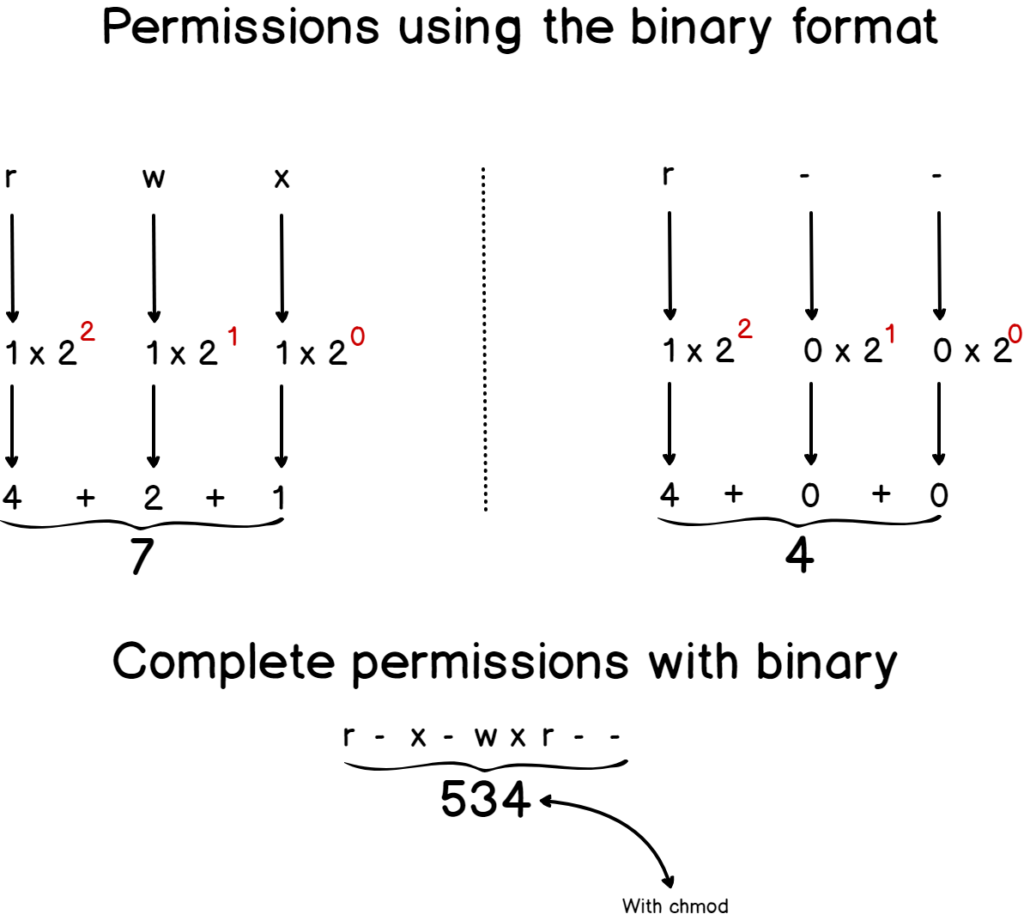


Linux File Permissions Complete Guide Devconnected
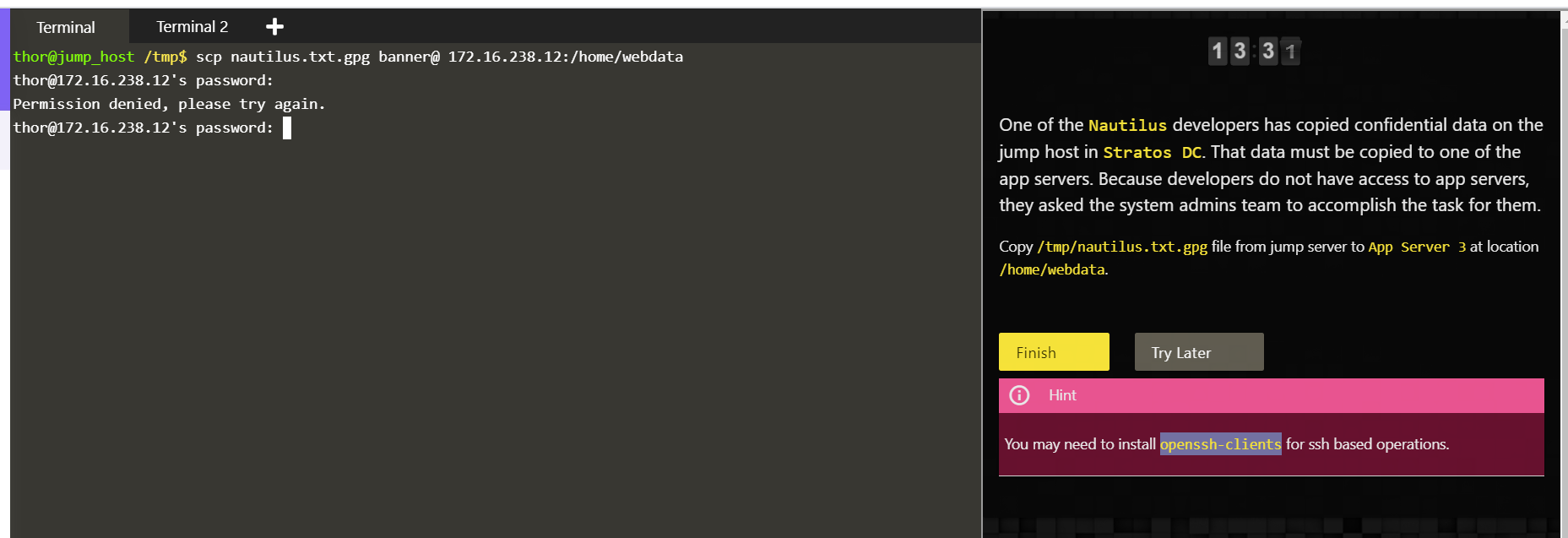


Linux Remote Copy Wrong Kodekloud Engineer Kodekloud Devops Learning Community



0 件のコメント:
コメントを投稿